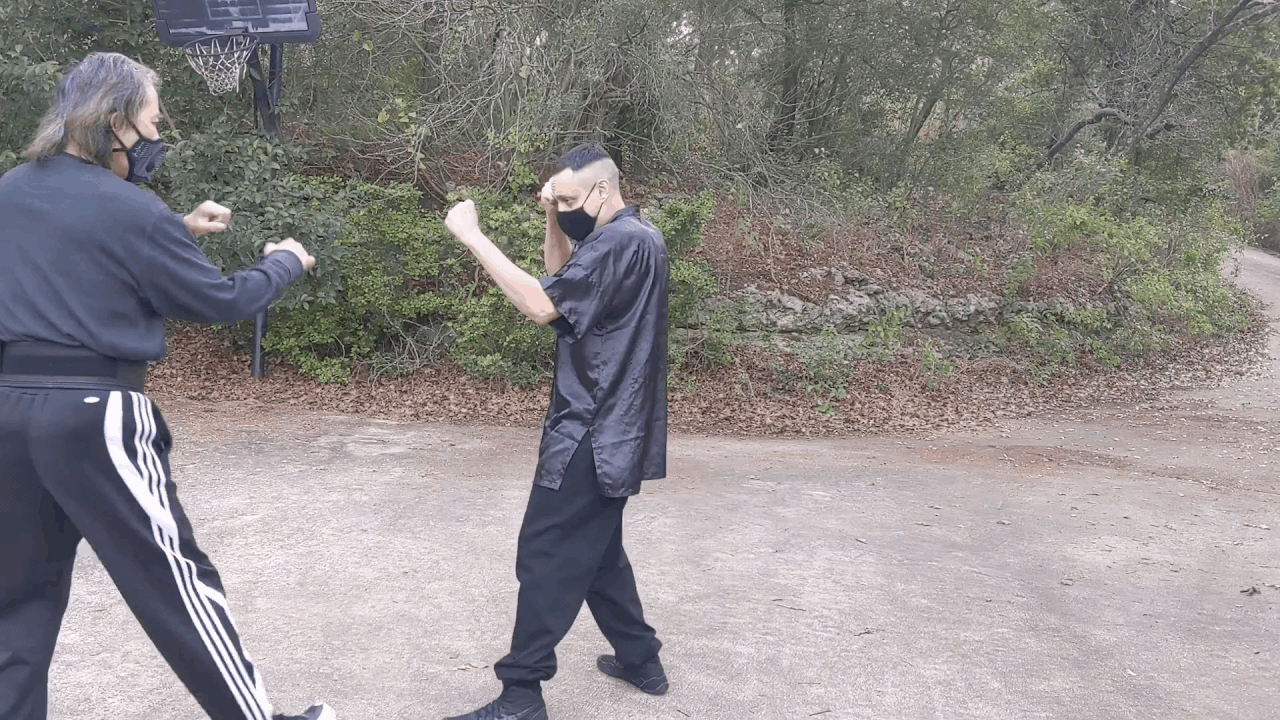I always have concern about the combat usage of this Yi stuff. What will happen if your opponent points finger at you and you just kick him? Your leg is longer than his arm.
If you have the training that any time you see a punch coming toward your face, you always move in and use your arm to deflect it, your opponent's punch will invite you to move in instead of to move back.
Your opponent tries to apply Yi on you, you respond back with much strong Yi instead. If you opponent points his finger at you, you'll knock down his arm along with his finger.

When Qi master 刘木森 Liu Mu-Sen demonstrated "push" on the stage in San Francisco 1979, I got on the stage and wanted to be his partner. The hose Brendan Lai pulled me down from that stage. In that demo, 6 guys touched on Liu's body parts. Liu used Qi to send all 6 guys flew away in 6 different directions.
Many years ago, a Qi master came to Austin, He charged $450 per person and used his Qi to move a room full of people like zombies. The 2nd time, he planned his trip to Austin, I challenged him if he could move me without touching, I would pay him $10,000. If he failed, he had to pay me $10,000. He cancelled his trip and did not come.
I always wanted to be on the receiving side of "push" (both touch or no touch) from any Qi master. Even today, I still have not met anybody who can do that on me yet.

